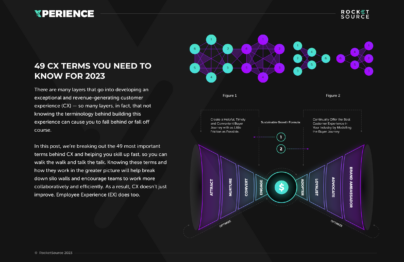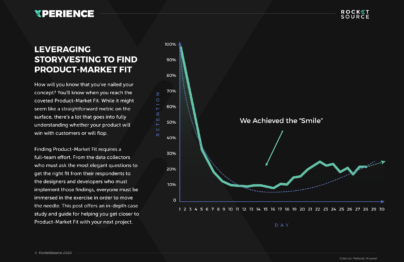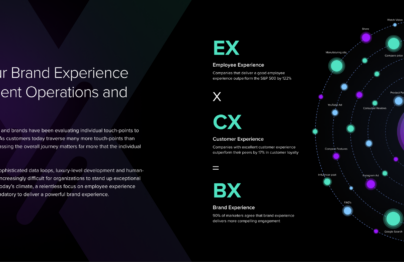Data hygiene refers to the accuracy and cleanliness of an organization’s data. As the saying goes, clean data in is clean data out, but garbage in is garbage out. Having accurate, clean data sets is critical for drawing out the correct insights.
If enterprise organizations don’t put a large focus on data hygiene, teams could be sent on a wild goose chase by making decisions with inaccurate insights. As a result, the entire organization could move in the wrong direction, venturing further away from the North Star Metric.
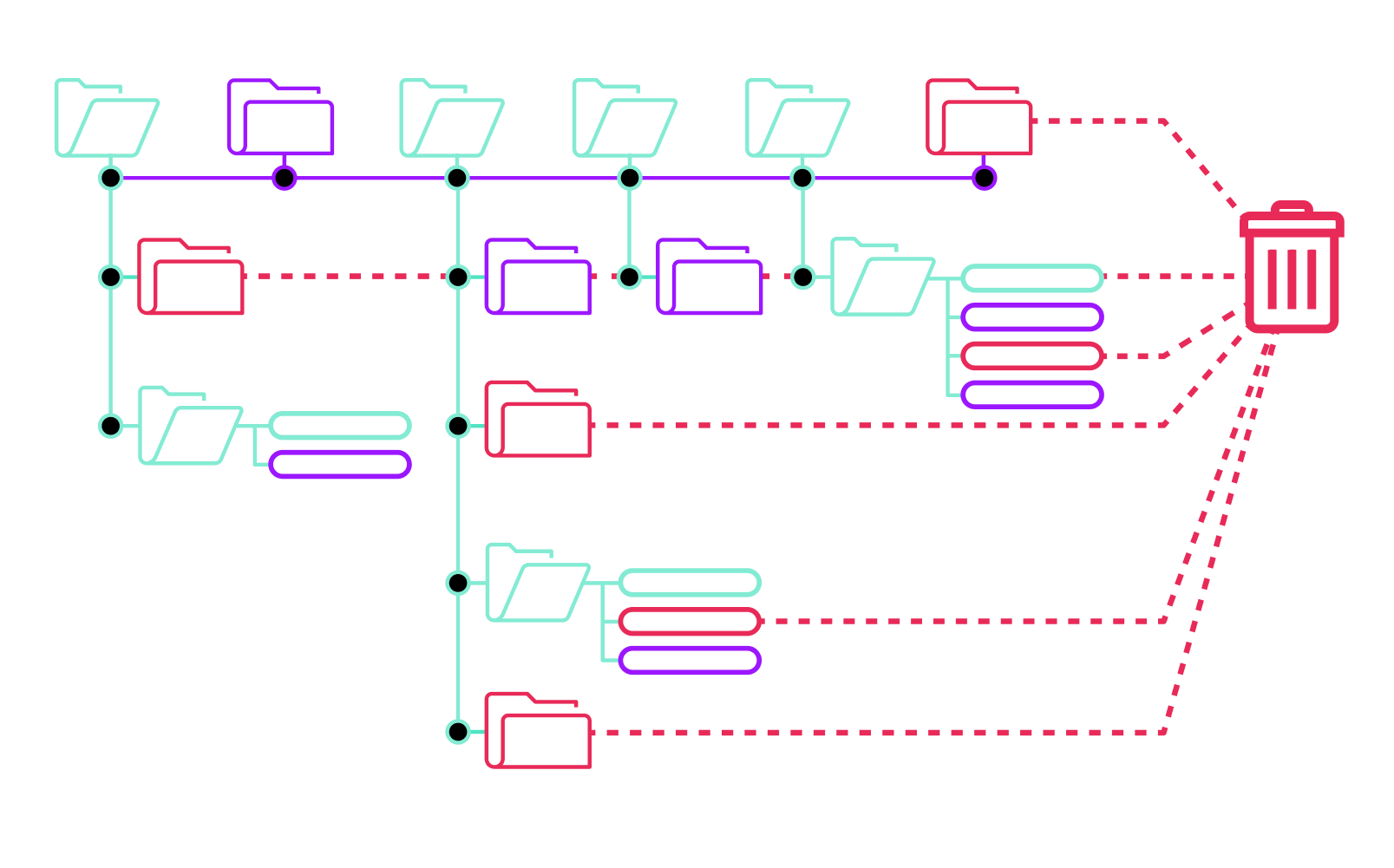
Data Hygiene Requires Data Governance
No matter how skilled your data team or Data as a Service (DaaS) providers may be at mining and modeling both structured and unstructured data, without data governance, your organization remains at risk of sacrificing data hygiene. Having guidelines on how to properly review the many fields, pathways, and findings when analyzing data requires proper care.
Having a centralized location where data is housed, cleaned and scrubbed allows teams to ensure data remains clean as it comes into the organization. Likewise, teams must also have organization-wide rules for how the data is accessed by all departments. By maintaining this alignment, organizations can properly collect, process and organize both internal and external data flows, maintaining cleaner data overall. Proper data governance gives teams access without tarnishing the quality and accuracy of the insights available.
Working With Third-Party Vendors Requires Data Hygiene Best Practices
Large organizations don’t just have to worry about data governance internally. Concerns about data hygiene arise when data from third-party resources gets brought in and merged with internal data sets. No matter how reputable the third-party resource might be, their methodology for mining, modeling, and cleaning the data may differ just slightly enough to erode the quality of your data sets. By mashing internal data with third-party data without ensuring it’s comparable or combinable, data hygiene surfers.
Likewise, when your organization gathers data from a vendor your team works with. Combining external data from vendors with internal data requires knowing how the vendor processed and handled data before it arrived to your team. Without knowing their standards for data or their data’s hygiene, you may not be able to combine outside data with your own for deeper insights.
Data Hygiene is the Starting Point for Navigating the Complex
Data is inherently complex. Large organizations must tame the data behemoth by maintaining hygiene across all data sets. Hiring people focused solely on data science or who are fresh out of school and haven’t gotten their hands dirty in data yet, might not be the best approach. Instead, data hygiene requires V-shaped employees and partners to understand the meaning behind the data. It’s through that understanding that companies can deepen insights while mining and modeling data more accurately.
High-level consultancies providing deep data solutions often have this depth and width of knowledge to understand the best approach for wrangling data well. Having a Data as a Service provider on board not only helps maintain data hygiene but also helps unpack operational nuances that will allow teams to tell a deeper story with the data at their disposal.
Benefits of Operating With Proper Data Hygiene
Proper data hygiene is vital for every modern enterprise. Without it, teams could be making core business decisions based on inaccuracies and incomplete data sets. On the flip side, having clean data to pull from can lead to potent business outcomes.
Internal Alignment
Every person, platform and process within your organization will, at some point, touch data. By bringing all of these areas together to work in alignment, teams can ensure better data hygiene and that they’re working off of the most accurate data available. In doing so, teams can align around common insights, helping keep everyone working in unison toward common goals.
Increased Customer Lifetime Value
Equipping teams with the right insights is the first step toward empowering employees to make stronger decisions. When teams are able to become insights-centric in their problem-solving, everyone wins. Employees are happier in their work because they can see the impact they’re making in the world. Customers are happier because they feel organizations understand their needs. Ultimately both improvements build retention across the board.
Refined Data Engineering
To maintain a database of prevalent and pervasive insights, teams must continuously engineer the data, so the most relevant information is available to teams. Data hygiene puts up the necessary guardrails to refine how data is engineered and ensures that every team is receiving the most accurate insights to maintain their forward momentum.
Simplifying the Customer Experience
Organizations that operate with empathy are better able to understand customer needs, common friction points and emerging consumer demands. Through data hygiene, teams are more equipped to dig deeper into customer motivational triggers with accuracy, helping keep teams aligned on the overall organizational mission.
Customer Experience (CX) Terms
- 360° Degree View of the Customer
- AI Ops
- Barlow Bands
- Behavioral Triggers
- Bow Tie Funnel
- Brick-to-Click
- Business Impact Analysis (BIA)
- Cognitive Computing
- Cohort Analytics
- Content Mapping
- Conversational User Guidance
- Customer Data Profile
- Customer Experience (CX)
- Customer Friction
- Customer Insights Map
- Customer Journey
- Customer Journey Mapping
- Customer Satisfaction (CSAT)
- Customized Ratios
- CX Intelligence
- CX Led Growth
- CX Metrics
- Data as a Product (DaaP)
- Data as a Service (DaaS)
- Data Culture
- Data Driven
- Data Engineering
- Data Fabric
- Data Governance
- Data Humanization
- Data Hygiene
- Data Looping
- Data Mapping
- Data Mining
- Data Modeling
- Data Monetization
- Data Swamp
- Data Visualization
- Data Warehouse
- Data-Centric
- Descriptive Analytics
- Diagnostic Analytics
- Digital Asset Management (DAM)
- Digital Transformation
- Dirty Data In Dirty Data Out
- Embedded Intelligence
- Empathy Mapping
- Employee Data Profile
- Employee Experience (EX)
- EX to CX Data Mapping
- EX to CX Mapping
- Experience Management (XM)
- Gap Analysis
- Generative AI
- Human-Centered Design (HCD)
- Journey Analytics
- Machine Learning (ML)
- Managed Agile Services on Demand
- Modified Hoshin
- North Star Metric
- Party Data
- Pathway to Purchase
- Predictive Analytics
- Product-Market Fit Mapping
- Real Time Design Looping
- Revenue Acceleration
- RevOps
- S Curve of Growth
- Stack Impact Analysis
- StoryVesting
- Table Stakes Testing
- The 3 P’s
- User Experience (UX)
- User Insights Map
- User Interface (UI)
- Voice of the Customer (VoC)
- Voice of the Employee (VoE)
- World Cloud Generator Sentiment Mining
- X Analytics

